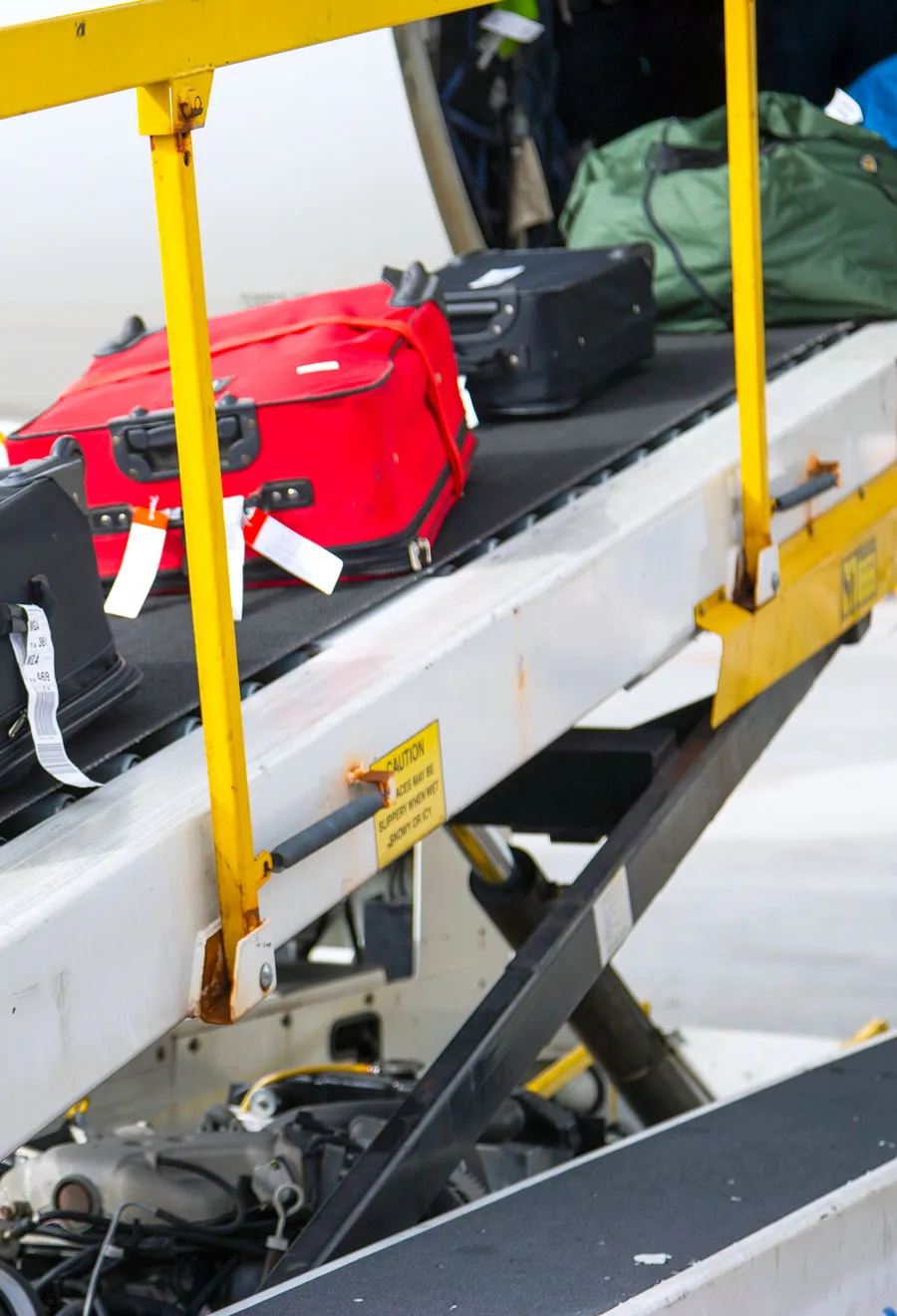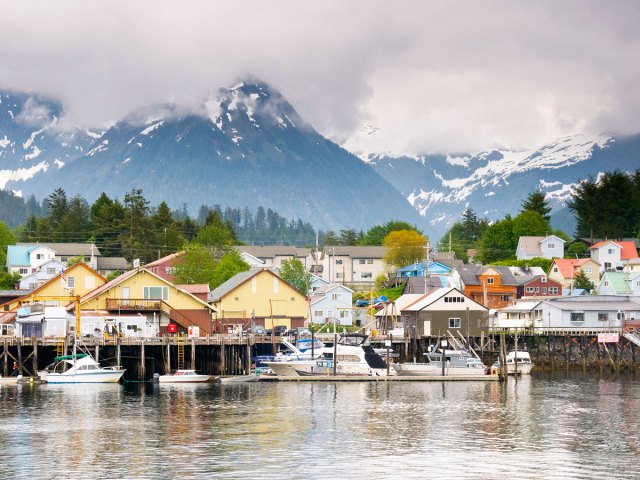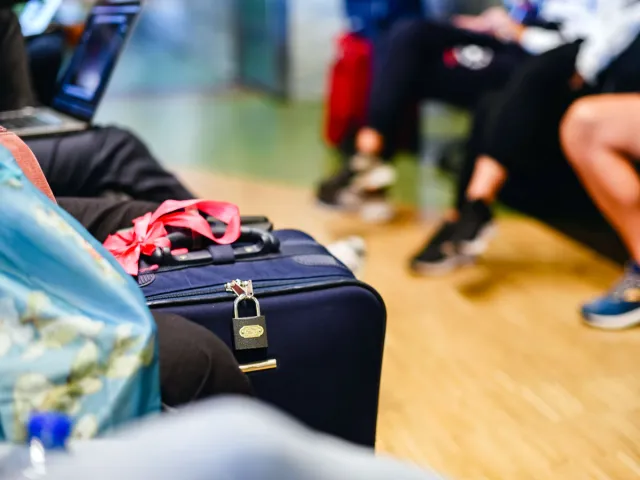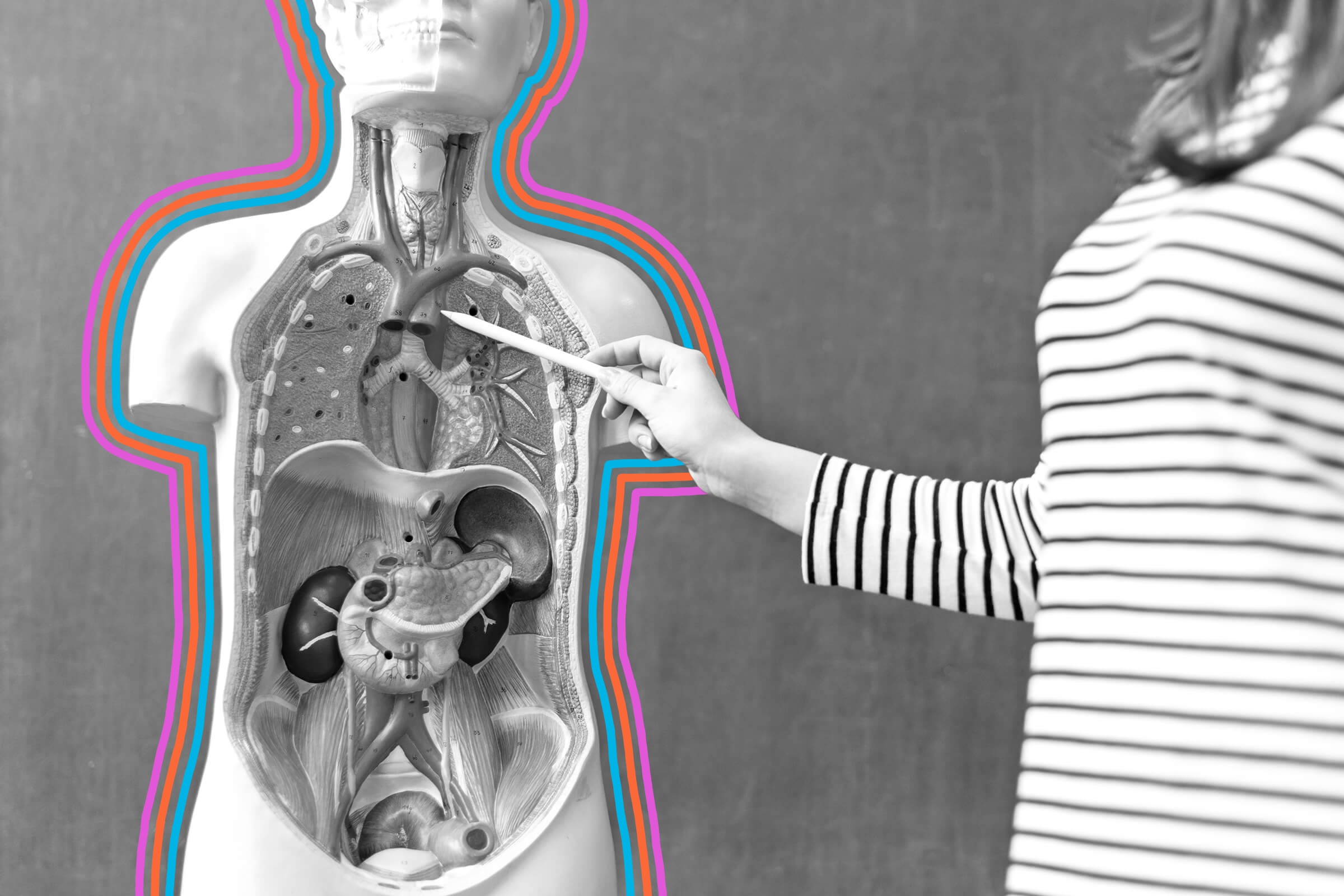Picture this scenario: Your plane is at the gate, but boarding has yet to commence. The crew is on board and the cabin is being prepared — but what, exactly, does that entail, and why does it sometimes seem to take so long? Delve into what actually happens during what’s known as a turnaround, or the time a plane spends on the ground between flights.
Why Pilots Walk Around the Aircraft
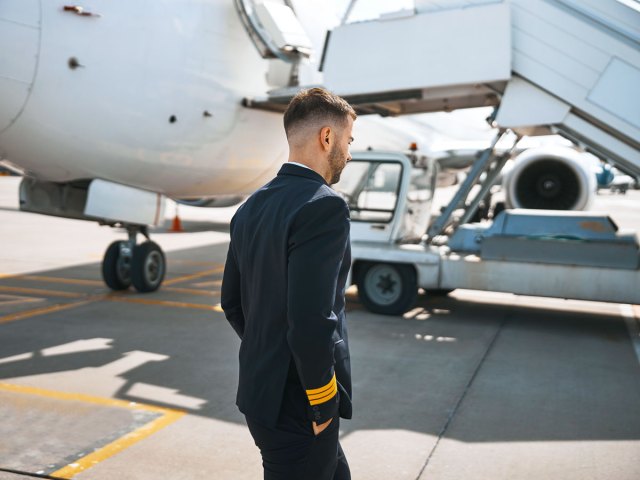
An aircraft’s flight crew has a responsibility to ensure that the plane is functioning as it should and that it is safe to fly. To do this, pilots and first officers carry out a host of preflight checks. You may have seen this happening in the flight deck as you board, but an exterior walk-through needs to happen, too. The pilot (or co-pilot) will walk around the aircraft, looking for visual evidence of leaks, corrosion, dents, or foreign bodies, as well as checking the condition of the engines and noting anything that seems unusual. Once all the fuel, passengers, bags, and cargo have been loaded, all flight controls are confirmed as working correctly, and the weather and flight plan have been signed off on, the plane can get on its way.
How Flight Attendants Prepare the Cabin

The role of flight attendants is to ensure passengers remain safe at all times during the flight. Before passengers board, flight attendants thoroughly inspect the cabin, including overhead bins, seat pockets, lavatories, and underneath seats. Once these security checks are complete, flight attendants continue with other safety-related items, making sure these are where they should be and in full working order. This includes looking to see that the life vests are stowed for each seat, checking that first-aid kits are complete, and making sure that smoke detectors, the PA system, and emergency lighting are all functioning correctly. Finally, they’ll stock the galley and begin welcoming passengers on board.
What Happens When the Cabin Is Cleaned?
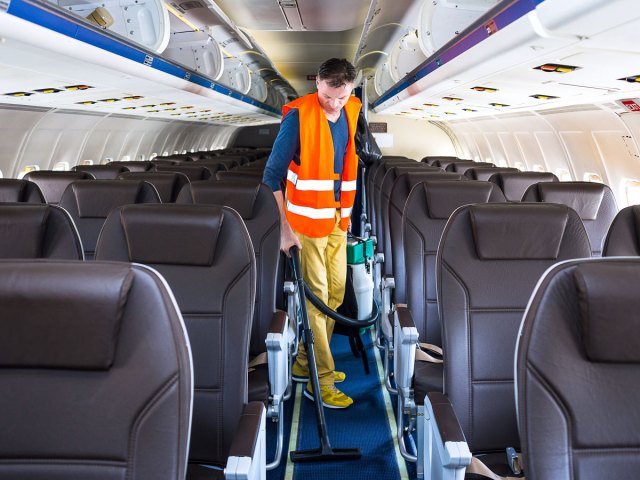
Between flights, the cabin of an aircraft undergoes cleaning, but how involved the process is depends on the type of flight. Between long-haul flights, the plane is typically on the ground for several hours, giving cleaning crews ample time to freshen up the space and ensure it is clean and tidy for the next set of passengers. Blankets and pillows are replaced, trash is removed from the plane, carpets are vacuumed, and hard surfaces such as tray tables are wiped down. The lavatories and galleys are also disinfected and sanitized.
Between short-haul flights, especially those operated by low-cost airlines, the turnaround times are much shorter — sometimes as little as 25 minutes. Often, this means that cabin crew members instead of a dedicated cleaning crew will collect trash prior to boarding and try to minimize the amount of work required while the plane is on the ground, thus avoiding unwanted delays and keeping costs low.
Loading Luggage and Cargo
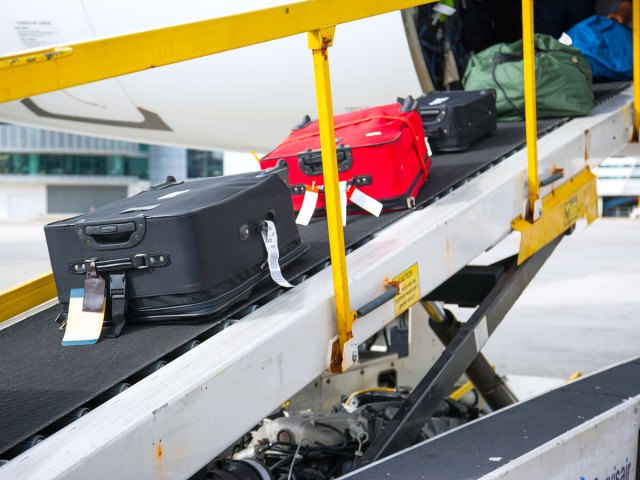
Proper weight distribution is one of the most important things to consider when loading cargo of any kind, including passengers’ bags, onto a plane. While load planners know the exact weight of freight containers, loose items (such as suitcases) are loaded with an assumption about average weight — such estimates vary according to whether the flight is domestic or international, for instance. Nets keep the bags in place so that the plane’s center of gravity isn’t affected. In addition, for security reasons, it’s standard practice that only accompanied baggage is permitted, which is why, if a passenger doesn’t show up for the flight, it can be necessary to offload their hold luggage prior to takeoff.
Getting Food on Board
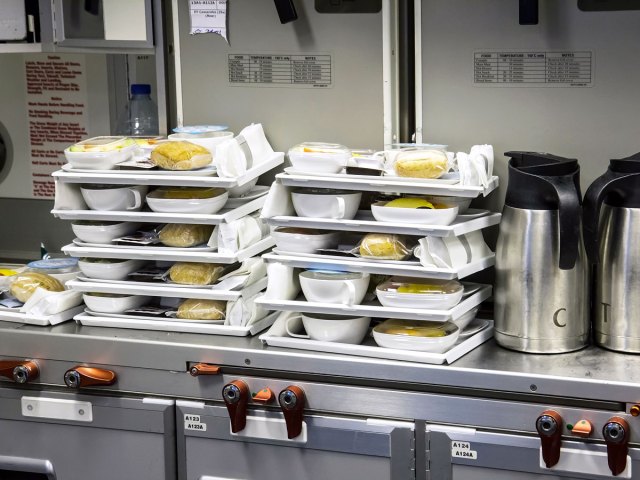
Before they are loaded on an aircraft, in-flight meals are prepared off-site in dedicated flight kitchens. These kitchens have strict hygiene policies and quality control measures. Hot food, for example, is thoroughly cooled before it is ready to leave and reheated through in the galley once in the air. Service carts loaded with meals are transported in catering trucks to the plane, where they replace those used on the previous flight. While passengers typically board from the left side of the plane, the doors on the opposite side are used to load catering required for the journey. Hydraulics lift the unit up to the level of the door so that carts can be easily transferred to the plane before departure.
More from our network
Daily Passport is part of Inbox Studio, which publishes content that uplifts, informs, and inspires.






